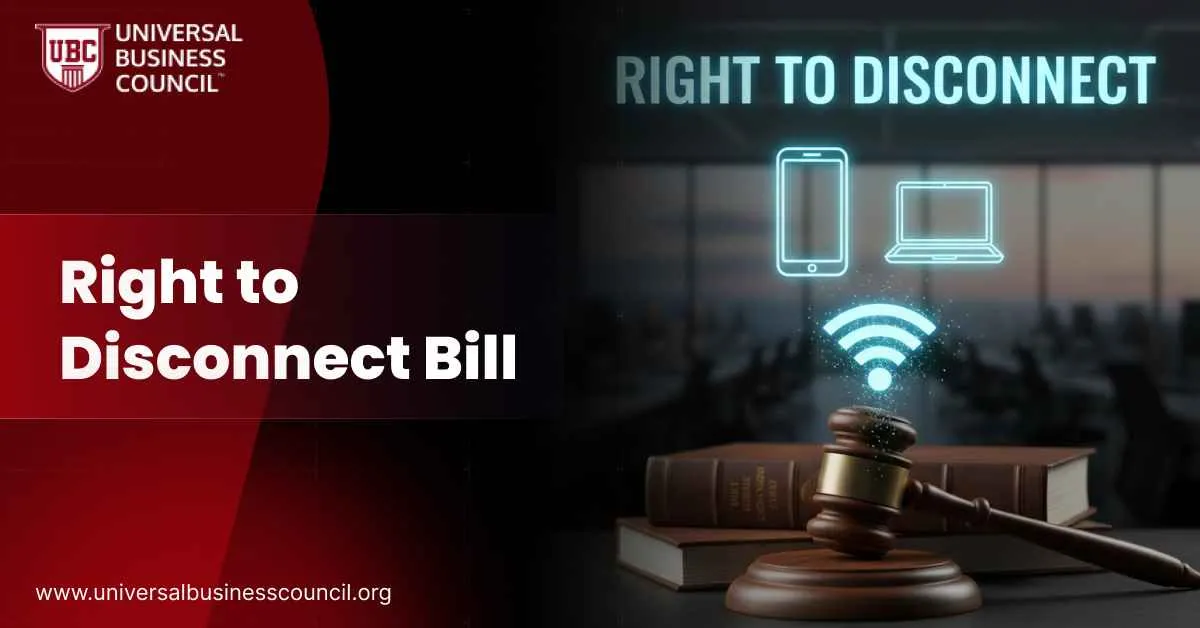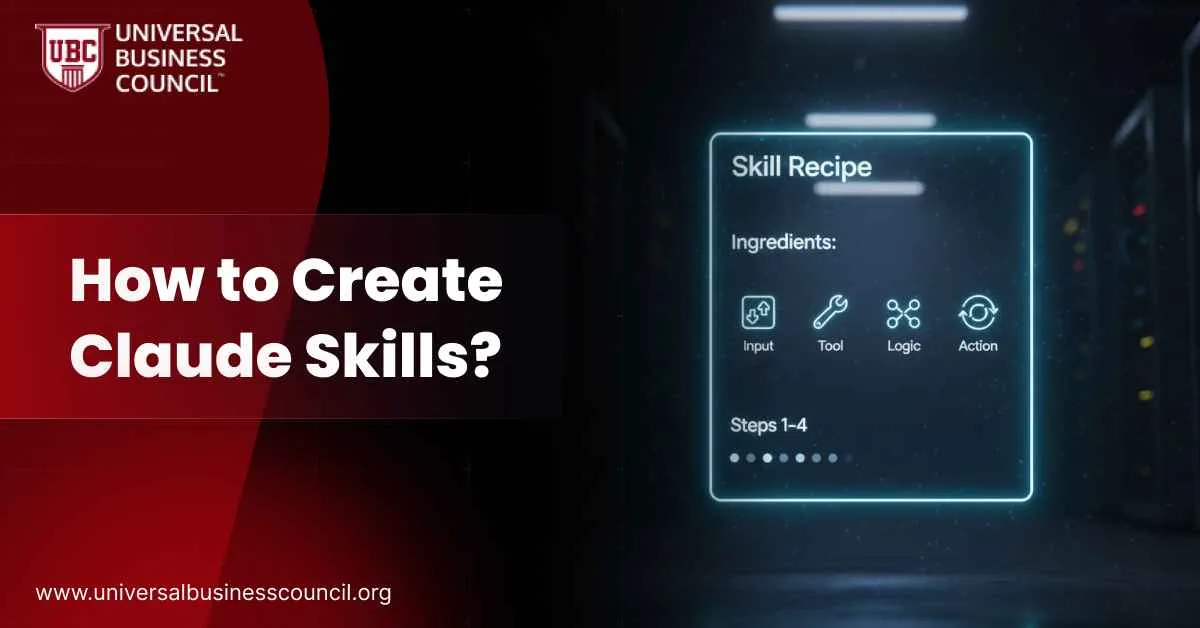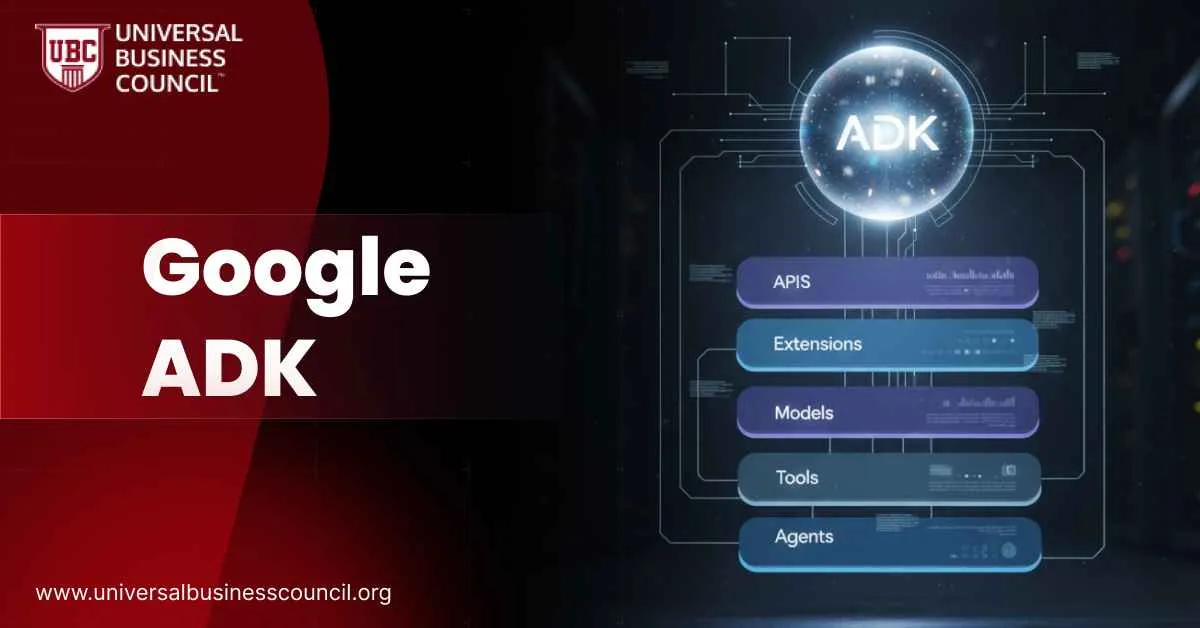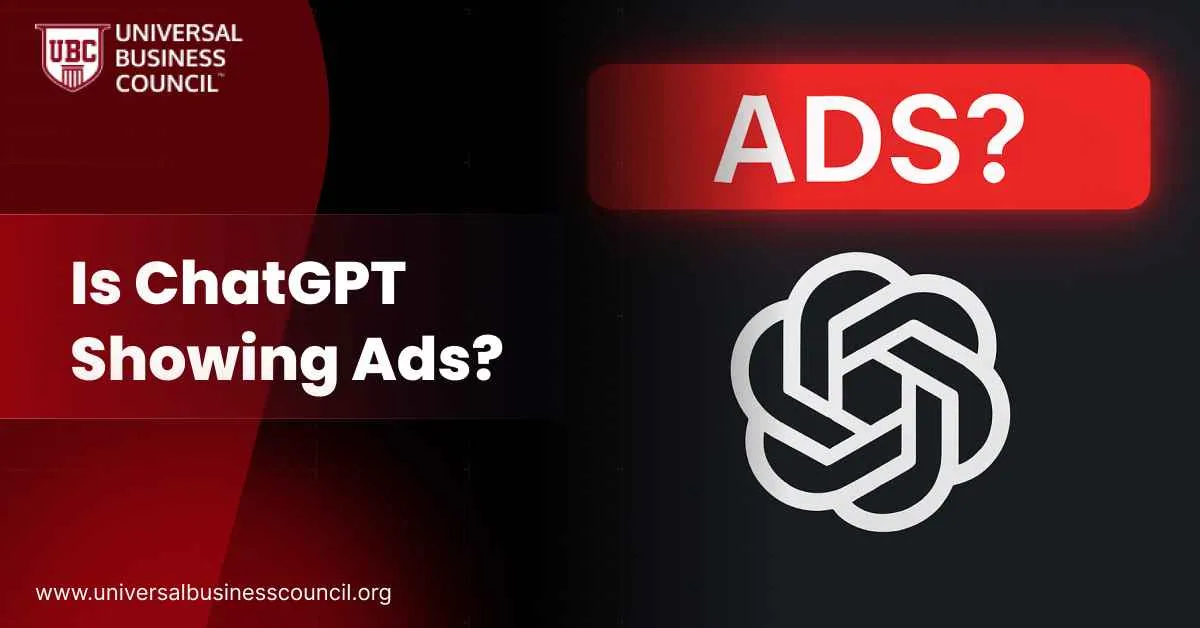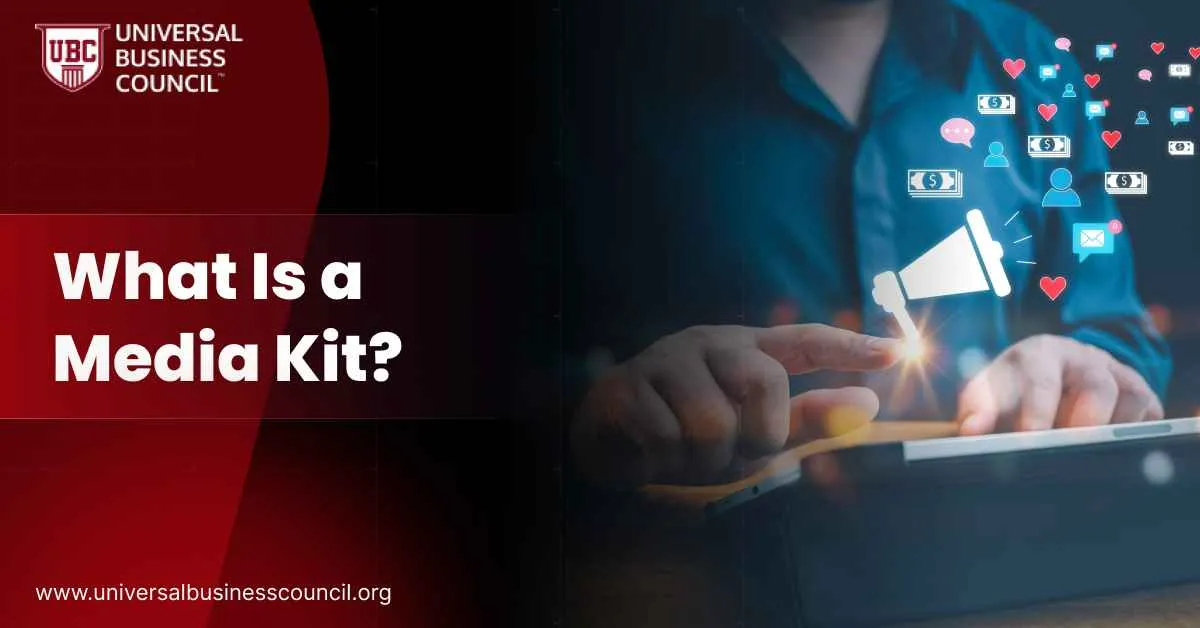 A media kit is a document or webpage that influencers and content creators use to showcase their work, audience data, and services to brands. It’s like a digital resume for collaborations. If you’re trying to land brand deals, having a media kit is not optional. It clearly answers who you are, what you offer, and why a brand should work with you.
In this article, you’ll learn exactly what goes into a media kit, why it matters, and how to make one that stands out in 2025.
A media kit is a document or webpage that influencers and content creators use to showcase their work, audience data, and services to brands. It’s like a digital resume for collaborations. If you’re trying to land brand deals, having a media kit is not optional. It clearly answers who you are, what you offer, and why a brand should work with you.
In this article, you’ll learn exactly what goes into a media kit, why it matters, and how to make one that stands out in 2025.
Why Every Influencer Needs a Media Kit
A media kit makes it easy for brands to evaluate you for partnerships. Instead of back-and-forth emails, brands get all the information they need upfront. That includes your stats, past work, and pricing. If you’re serious about brand deals, this document saves time and builds credibility. It also shows you’re professional. Whether you have 2,000 or 200,000 followers, a clean media kit makes a strong first impression.What to Include in a Media Kit
About Me
Start with a short bio. Include your name, location, niche, and what makes your content unique. This section sets the tone for the entire kit.Audience Demographics
This is key. Brands want to know who you influence. Include details like:- Age groups
- Gender split
- Top countries or cities
- Interests
Social Media Stats
Add your follower count, average engagement rate, and reach. If you have different platforms, list them all. Keep this updated regularly.Brand Collaborations
List the companies you’ve worked with before. Include a few lines about the campaign and any results if you have them. Case studies are even better.Services Offered
Let brands know what you can do. This could include: Make this section clear and specific.Pricing (Optional)
You can list your rates or leave this section open to negotiation. If you do include prices, make sure they reflect your experience and audience quality.Portfolio Samples
Add a few examples of your best content. These should match the kind of services you want to offer. Keep it visual and brief.Contact Information
Always include your email address, social links, and website if you have one. Make it easy for brands to get in touch.Key Elements of a Strong Influencer Media Kit
| Section | What It Includes | Why It’s Important |
| Bio / About Me | Name, niche, unique value | Gives context and sets the tone |
| Audience Demographics | Age, gender, interests, location | Helps brands judge audience relevance |
| Social Stats | Followers, engagement rate, reach | Shows your potential impact |
| Brand Work | Past partnerships, case studies | Adds credibility and proof of value |
| Services Offered | Deliverables and formats | Clarifies what you can offer |
| Content Samples | Visual content or campaign screenshots | Shows quality and consistency |
| Contact Info | Email, links, website | Makes communication simple |
Best Media Kit Formats
There are a few popular ways to present your media kit, and each serves a different purpose. What matters most is that it’s clear, well-designed, and easy to access.PDF One-Pager
This is great for quick pitches. It’s a visual summary of your stats, niche, and services.Multi-Page Slide Deck
Useful when you want to go deeper into case studies or show multiple services. It’s ideal for agencies or bigger brand deals.Web Page or Portfolio Link
Some influencers prefer to keep their kit on a personal site. This is easy to update and lets brands click through content examples.Format Options for Media Kits
| Format | Description | When to Use |
| PDF One-Pager | Compact and visual | First impressions or emails |
| Slide Deck | Multi-page, with examples and case studies | Full campaign proposals |
| Website Page | Linkable, interactive format | Portfolio-style presentation |
| Digital Folder | Collection of documents, stats, and media samples | Larger packages with media files |
Tips to Make Your Media Kit Stand Out
- Keep it short—1 to 3 pages is usually enough
- Use consistent colors and fonts that reflect your brand
- Update your stats at least once a month
- Include real results from previous brand work if possible
- Use clean design tools like Canva or Google Slides
